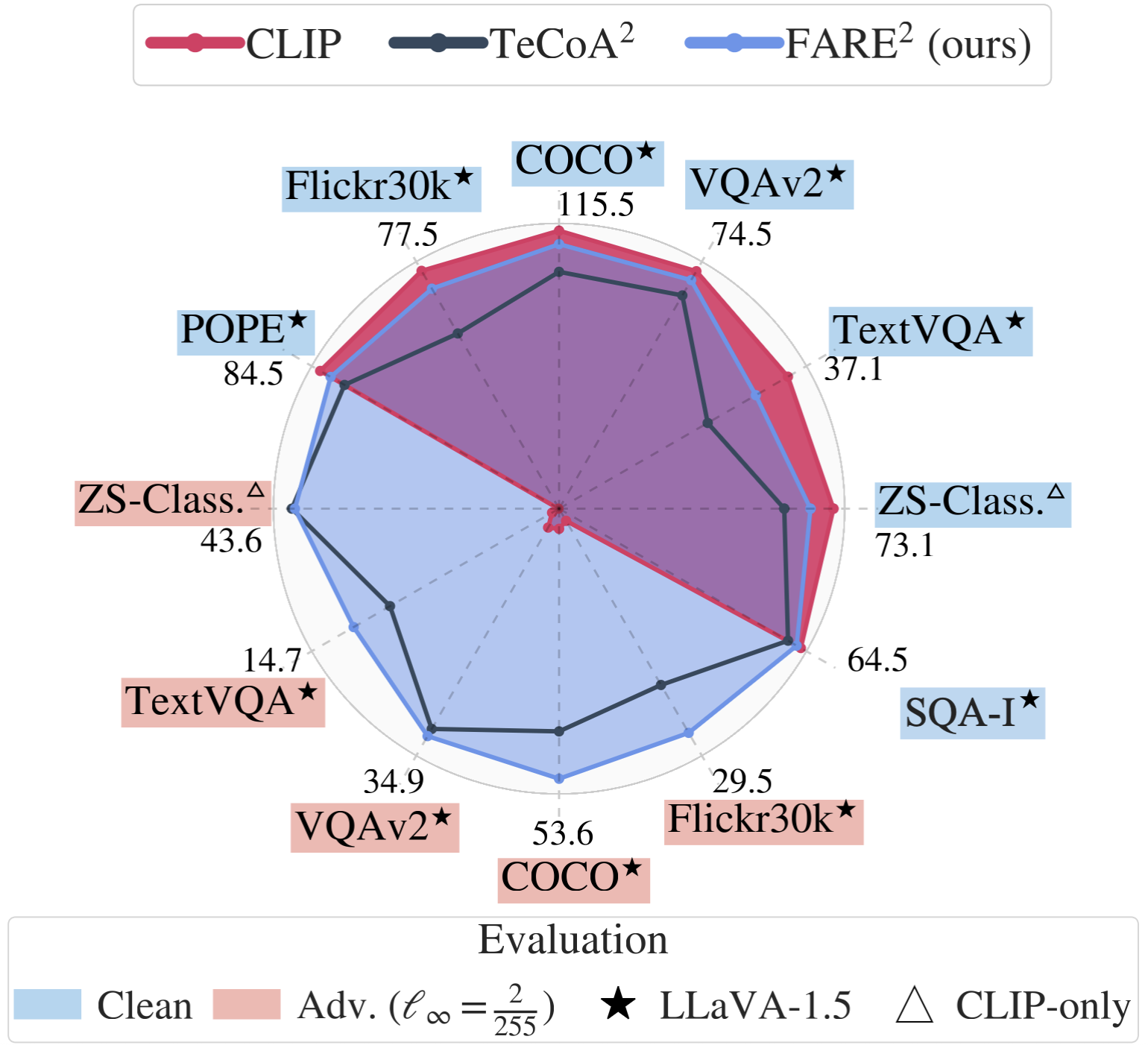Understanding Zero-Shot Adversarial Robustness for Large-Scale Models
Pretrained large-scale vision-language models like CLIP have exhibited strong generalization over unseen tasks. Yet imperceptible adversarial perturbations can significantly reduce CLIP's performance on new tasks. In this work, we identify and explore the problem of \emph{adapting large-scale models for zero-shot adversarial robustness}. We first identify two key factors during model adaption -- training losses and adaptation methods -- that affect the model's zero-shot adversarial robustness. We then propose a text-guided contrastive adversarial training loss, which aligns the text embeddings and the adversarial visual features with contrastive learning on a small set of training data. We apply this training loss to two adaption methods, model finetuning and visual prompt tuning. We find that visual prompt tuning is more effective in the absence of texts, while finetuning wins in the existence of text guidance. Overall, our approach significantly improves the zero-shot adversarial robustness over CLIP, seeing an average improvement of over 31 points over ImageNet and 15 zero-shot datasets. We hope this work can shed light on understanding the zero-shot adversarial robustness of large-scale models.
PDF Abstract



 CIFAR-10
CIFAR-10
 ImageNet
ImageNet
 CIFAR-100
CIFAR-100
 STL-10
STL-10
 Stanford Cars
Stanford Cars
 DTD
DTD
 Food-101
Food-101
 Caltech-101
Caltech-101
 EuroSAT
EuroSAT
 Caltech-256
Caltech-256
 PCam
PCam